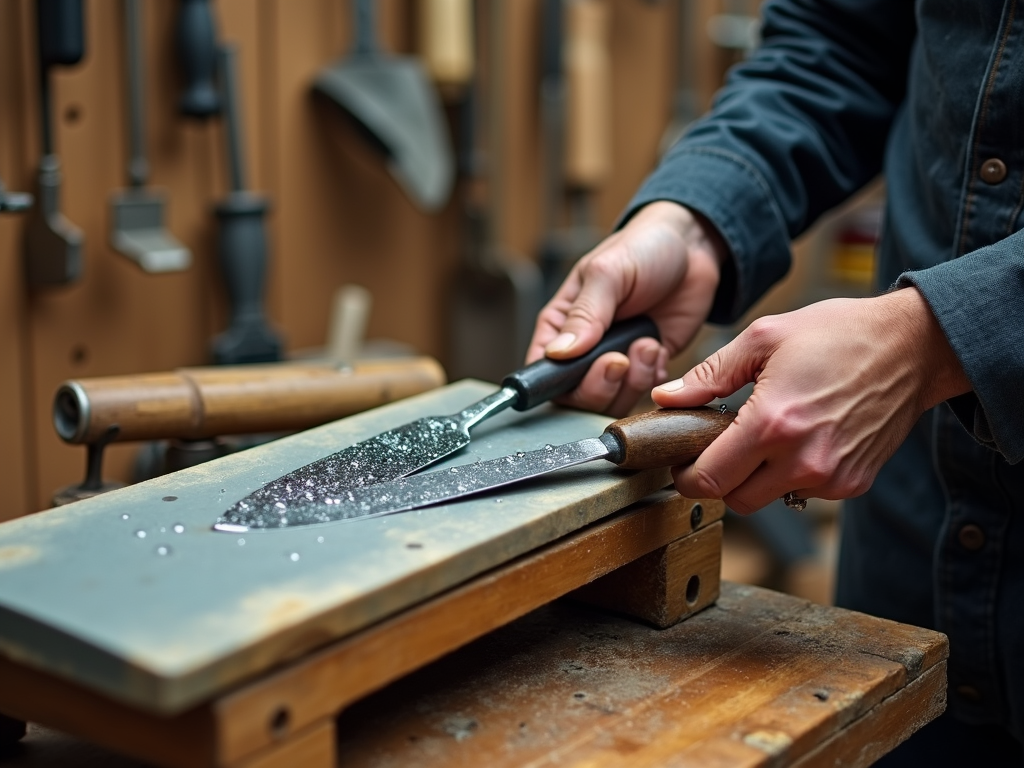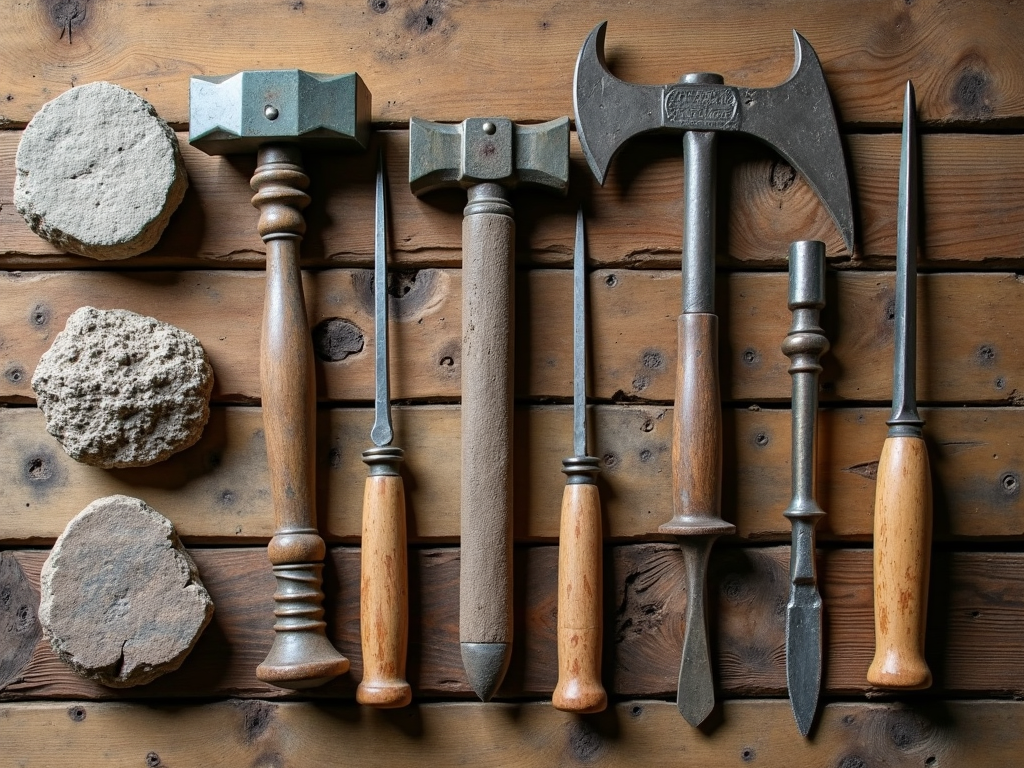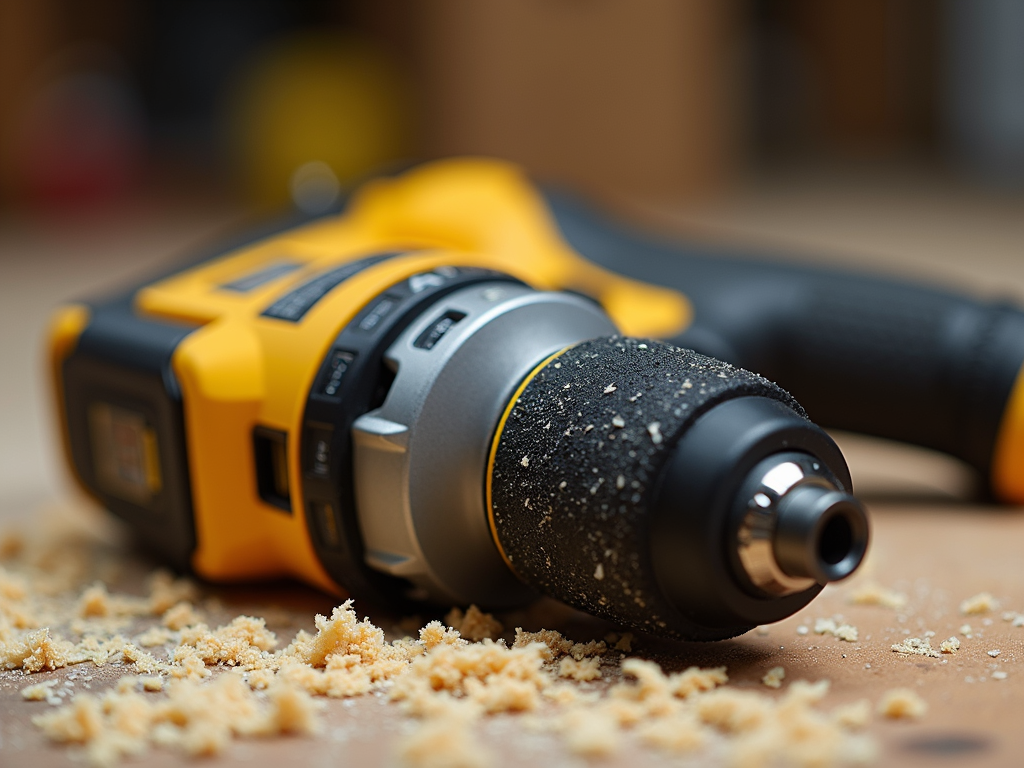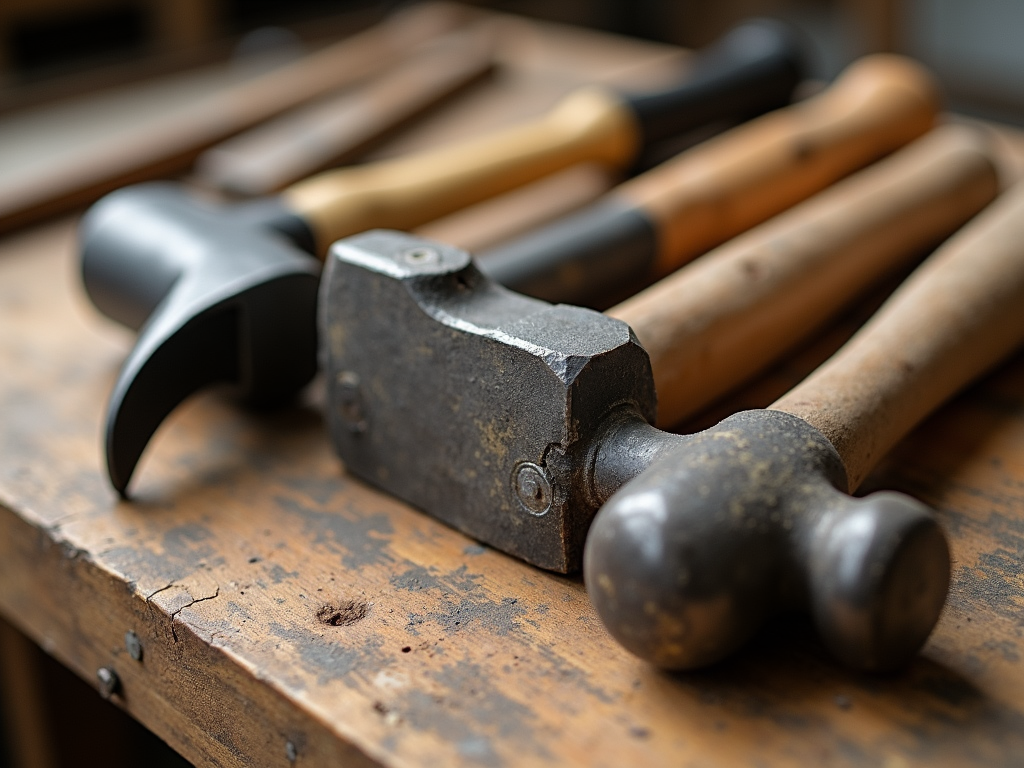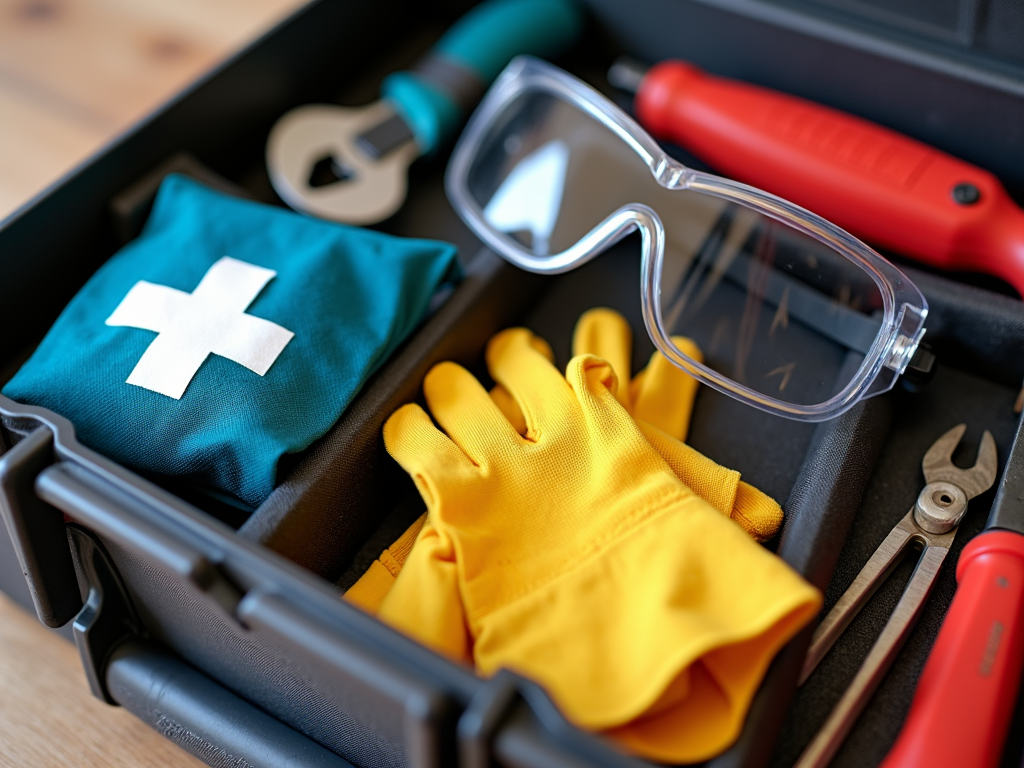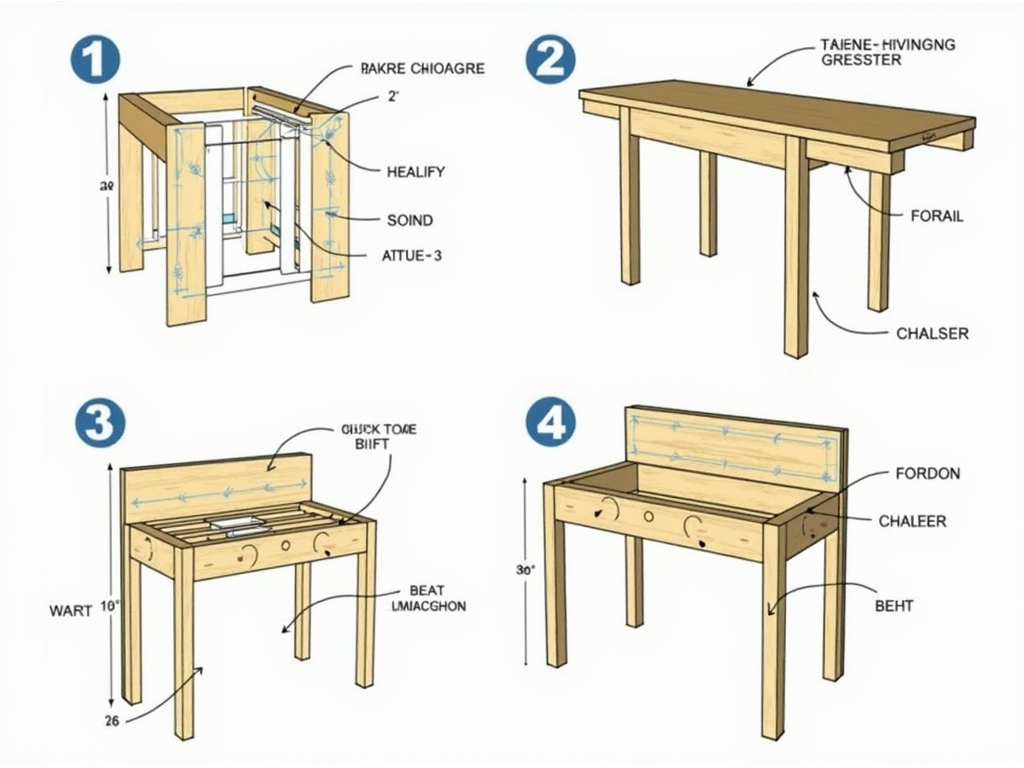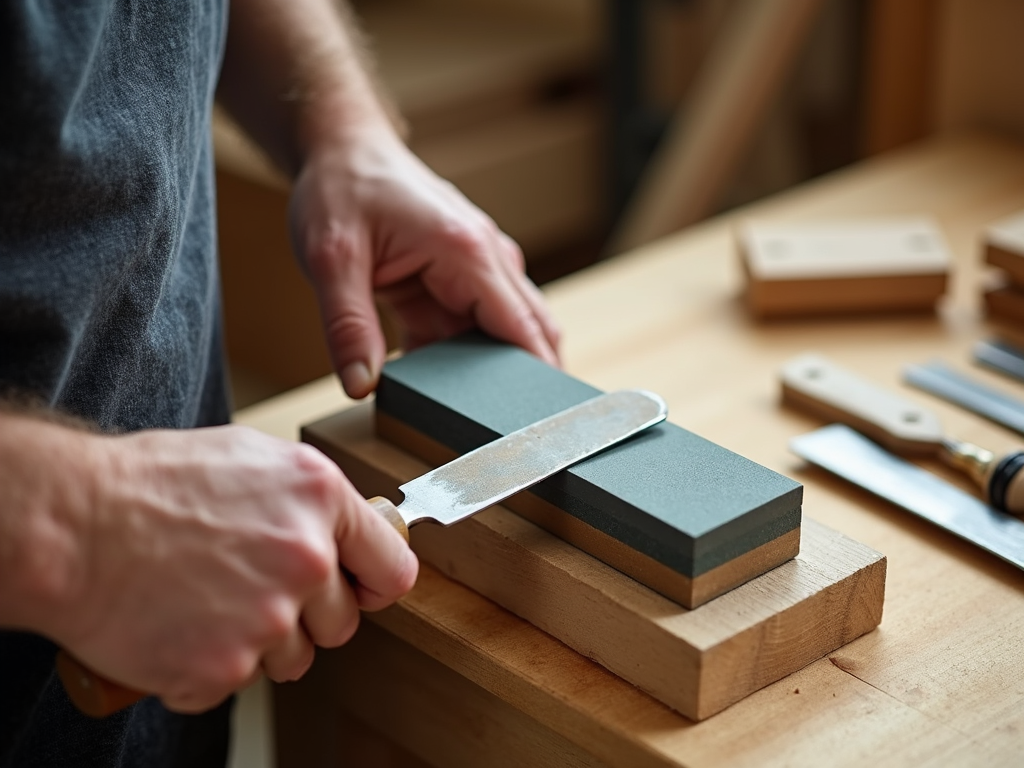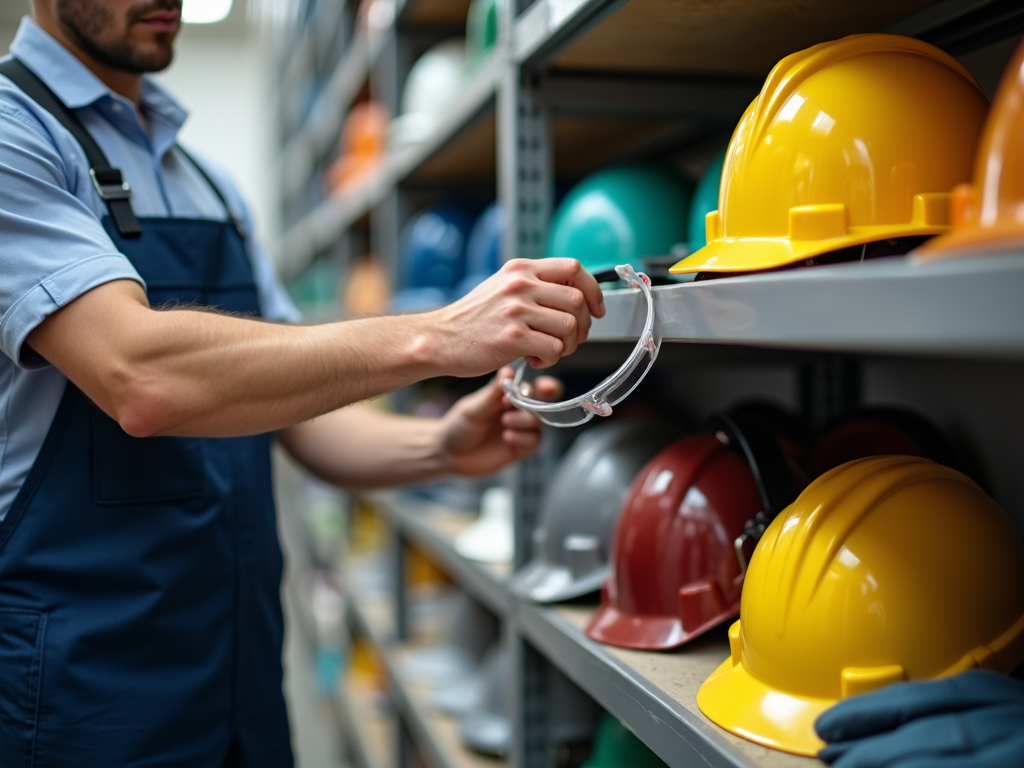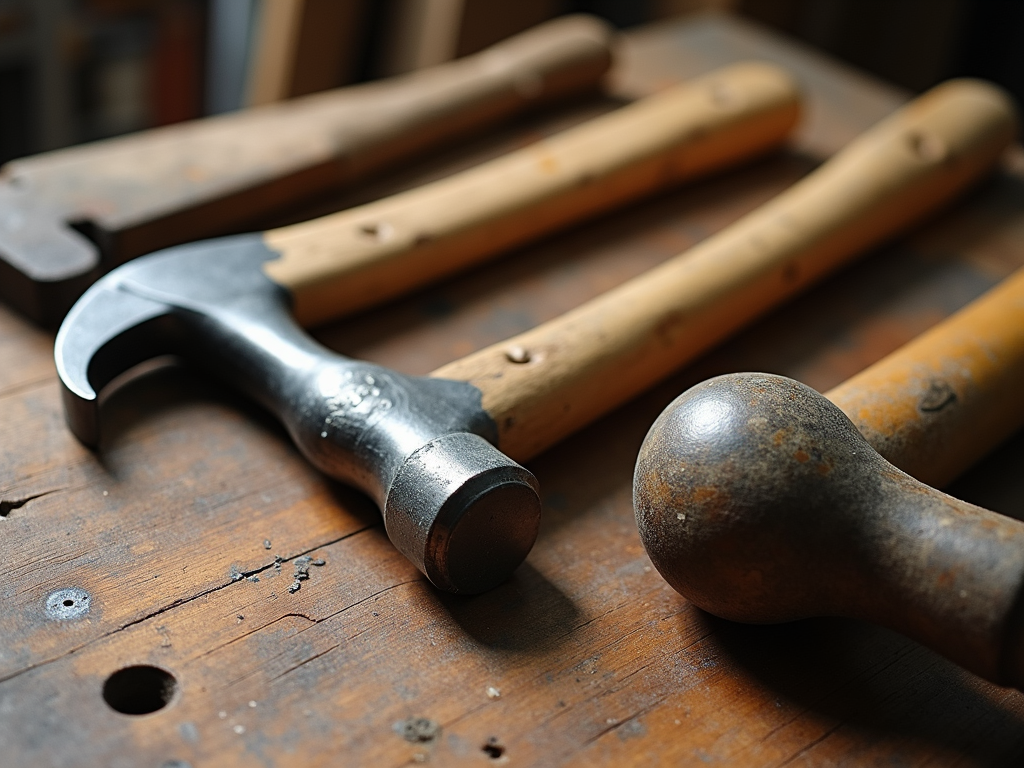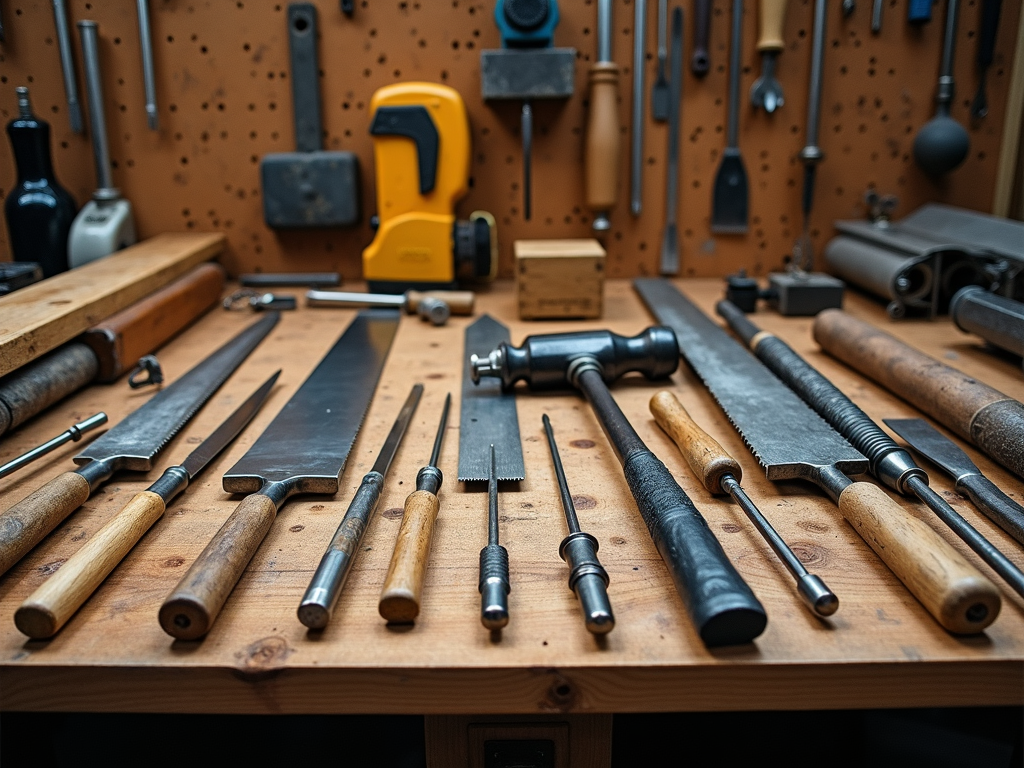In the world of DIY, safety should always come first. Whether you're a seasoned DIYer or just starting out, having the right safety gear is crucial to protect yourself from potential hazards. In this guide, we'll explore the essential safety gear every DIY enthusiast should have and how to use it effectively.
Gloves: Your First Line of Defense
Gloves are a must-have for any DIY project. They protect your hands from cuts, abrasions, and chemicals. When choosing gloves, consider the type of work you'll be doing. For example, if you're working with sharp tools, opt for cut-resistant gloves. If you're handling chemicals, choose gloves made from materials like nitrile or latex.
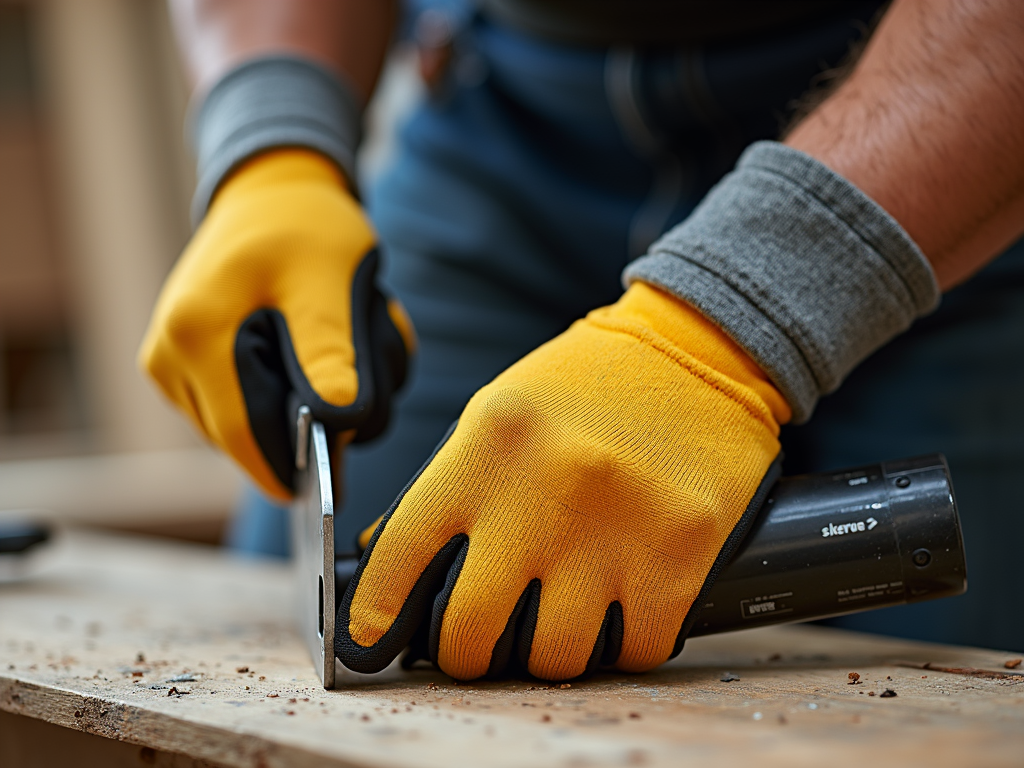
Goggles: Protecting Your Eyes
Your eyes are one of your most valuable assets, so it's essential to protect them while working on DIY projects. Goggles shield your eyes from flying debris, dust, and chemicals. Look for goggles with anti-fog and scratch-resistant coatings for optimal visibility.
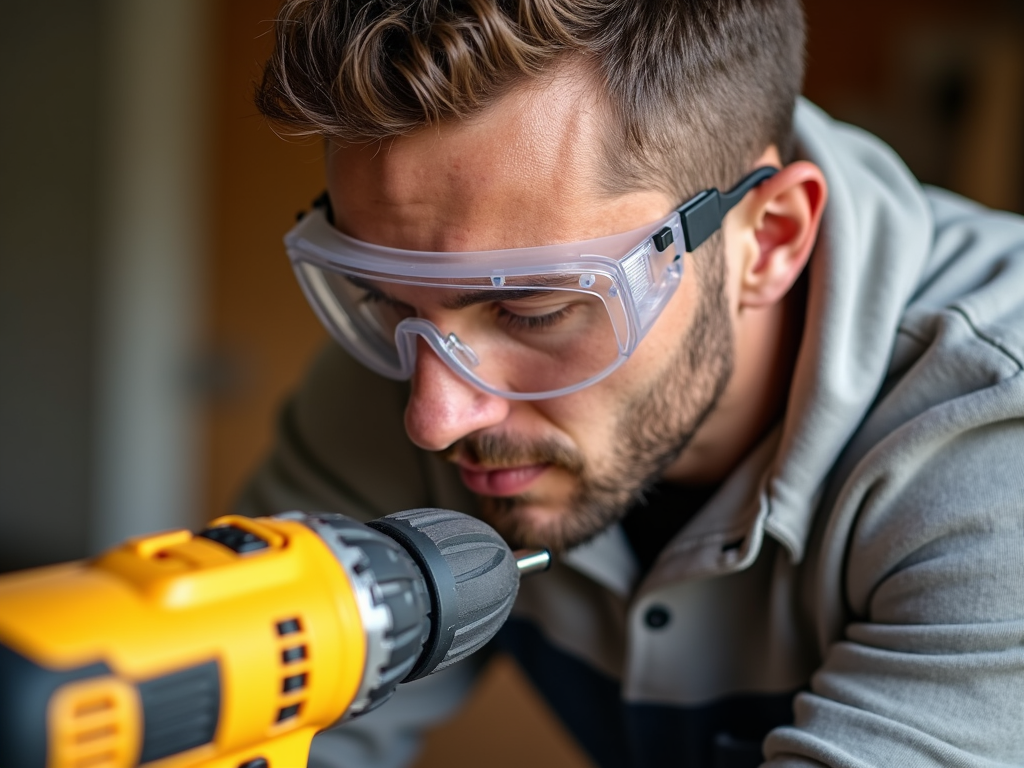
Helmets: Safeguarding Your Head
When working on projects that involve overhead hazards or heavy machinery, a helmet is a must. Helmets protect your head from falling objects and impact injuries. Choose a helmet that meets safety standards and fits comfortably.

Ear Protection: Preserving Your Hearing
Power tools and machinery can be loud, and prolonged exposure to loud noises can damage your hearing. Ear protection, such as earplugs or earmuffs, can help reduce noise levels and protect your ears.
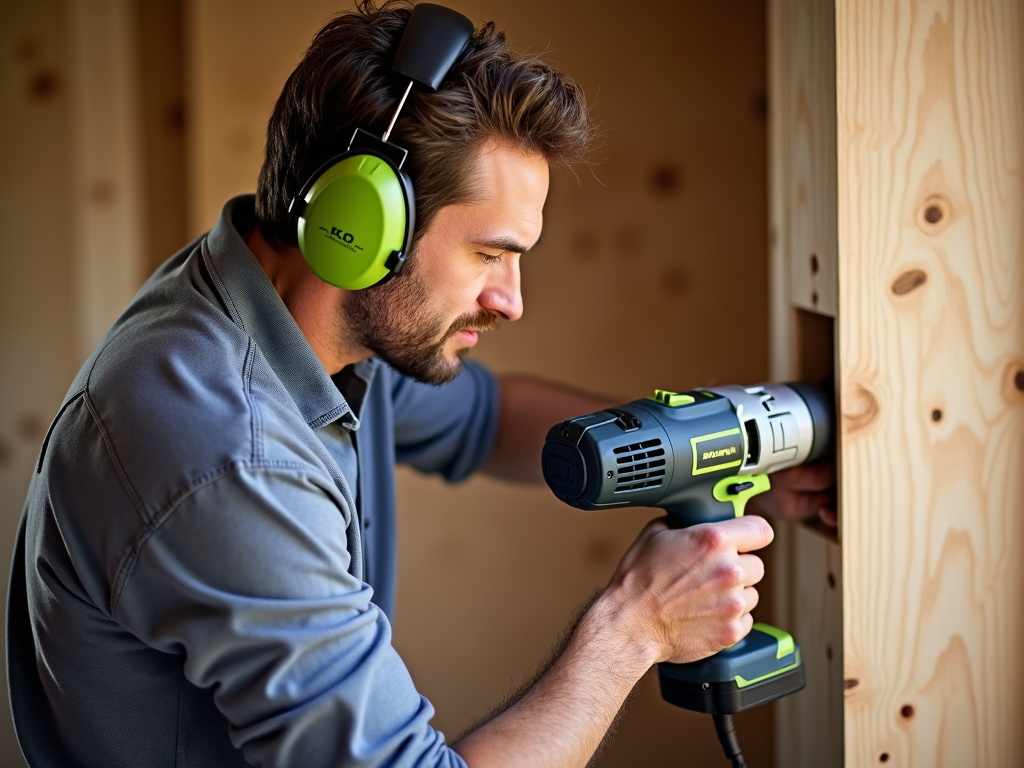
Mastering Wrenches: A DIYer’s Guide
Wrenches are essential tools for many DIY projects, but they can also be dangerous if not used properly. Always wear gloves when using wrenches to protect your hands from sharp edges and pinching hazards. Additionally, make sure to use the right size wrench for the job to avoid slipping and potential injuries.
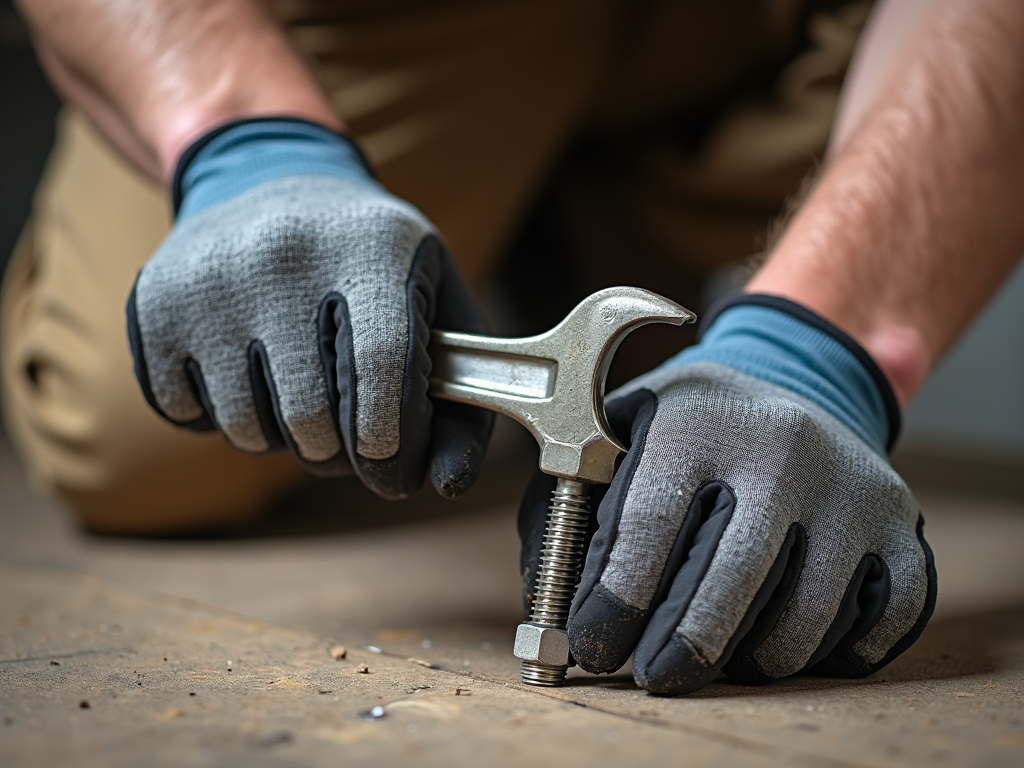
Safety Gear Essentials for DIYers
In addition to the specific safety gear mentioned above, there are a few other essentials every DIYer should have in their toolkit. These include a first aid kit, a fire extinguisher, and a dust mask. A first aid kit can help you treat minor injuries, while a fire extinguisher can help you put out small fires. A dust mask can protect your lungs from dust and other airborne particles.
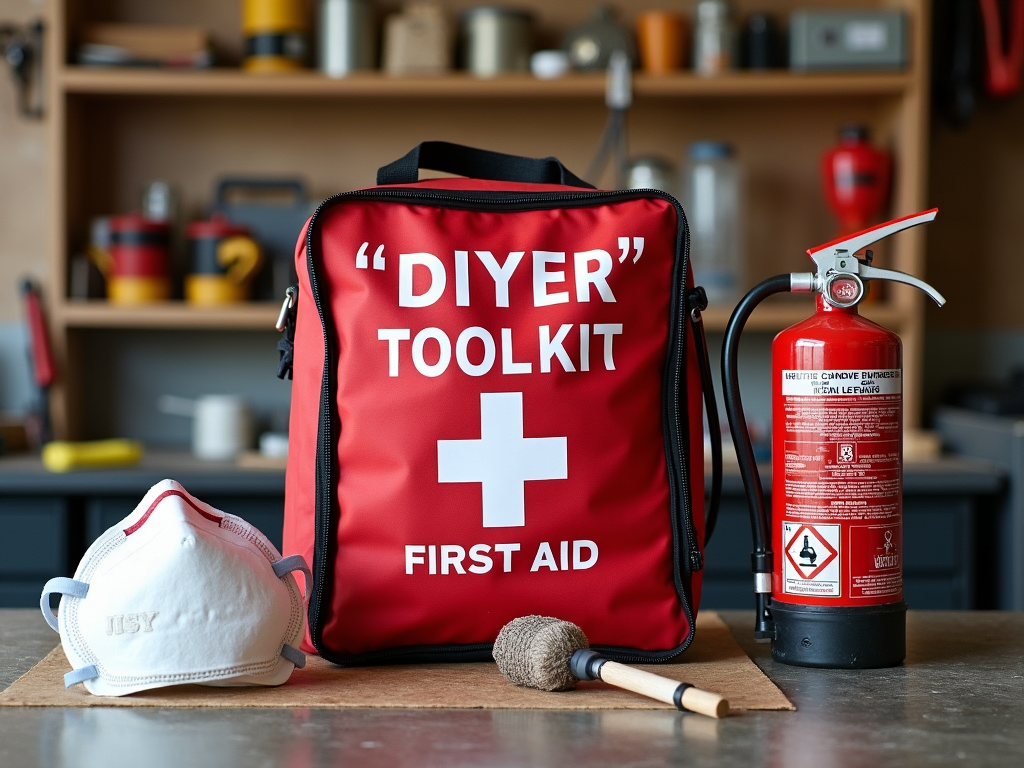
How to Use Wrenches Safely
Using wrenches safely is crucial to avoid injuries. Here are a few tips to keep in mind:
- Always wear gloves when using wrenches.
- Use the right size wrench for the job.
- Apply steady, even pressure when turning the wrench.
- Avoid using cheater bars or other extensions that can cause the wrench to slip.
- Keep your hands and fingers away from the wrench's jaws to avoid pinching.
Conclusion
Safety should always be your top priority when working on DIY projects. By investing in the right safety gear and using it properly, you can protect yourself from potential hazards and enjoy your DIY projects with peace of mind. Remember, it's better to be safe than sorry!
Related Safety First: A Guide to DIY Safety Gear:
- The Ultimate Guide to Tool Sharpening Techniques
- The Evolution of Workman Tools: From Past to Present
- Top Workbench Accessories for Every Craftsman
- Advanced Power Tool Features Explained: Your Ultimate Guide
- How to Use a Hammer Safely: A Comprehensive Guide for Every Workman
- Stay Safe: Top DIY Safety Tips
- How to Build a Sturdy Workbench
- The Importance of Tool Maintenance in Woodworking
- Guide to Choosing the Right PPE for Your Workshop
- Hammer Basics: Design and Safety Tips
- Top 10 Must-Have Tools for Every Mechanic
- Essential Workman Tools for Everyday Use: A Comprehensive Guide
